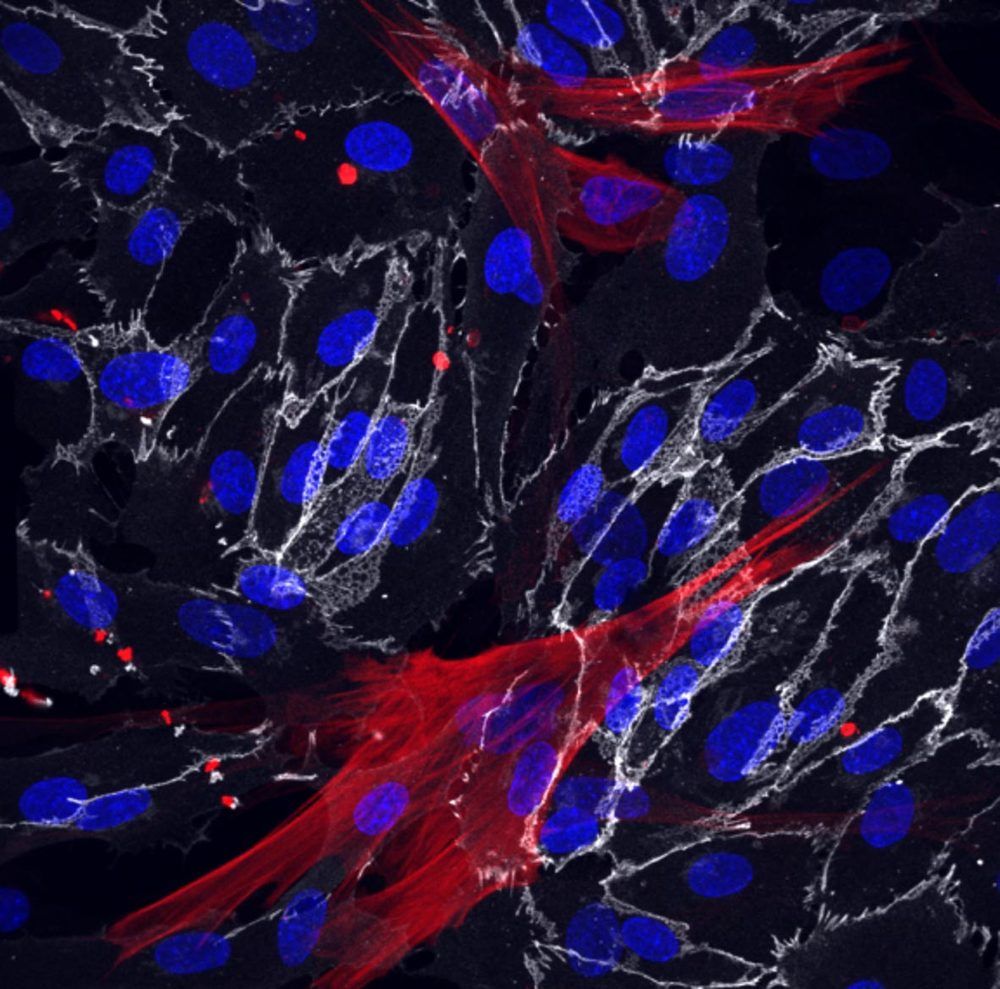A pair of Danish computer scientists have solved a longstanding mathematics puzzle that lay dormant for decades, after researchers failed to make substantial progress on it since the 1990s.
The abstract problem in question is part of what’s called graph theory, and specifically concerns the challenge of finding an algorithm to resolve the planarity of a dynamic graph. That might sound a bit daunting, so if your graph theory is a little rusty, there’s a much more fun and accessible way of thinking about the same inherent ideas.
Going as far back as 1913 – although the mathematical concepts can probably be traced back much further – a puzzle called the three utilities problem was published.







